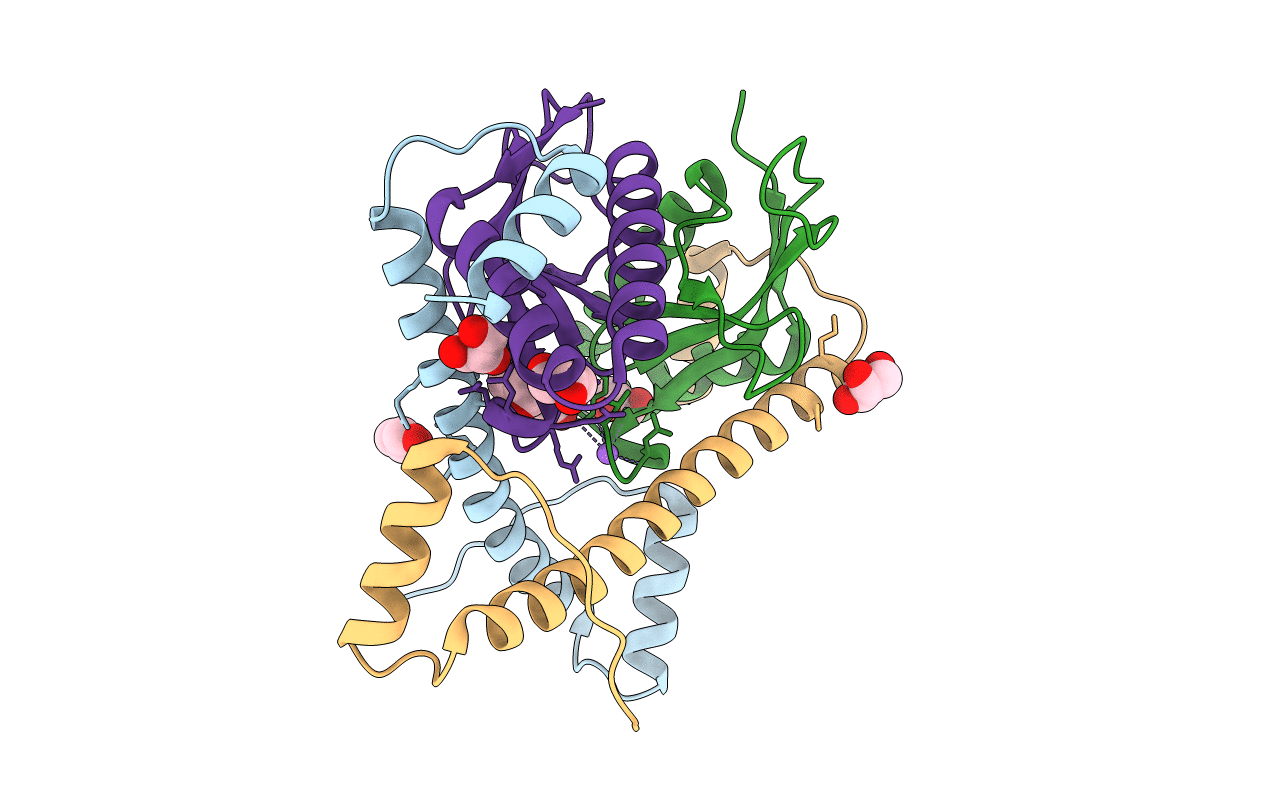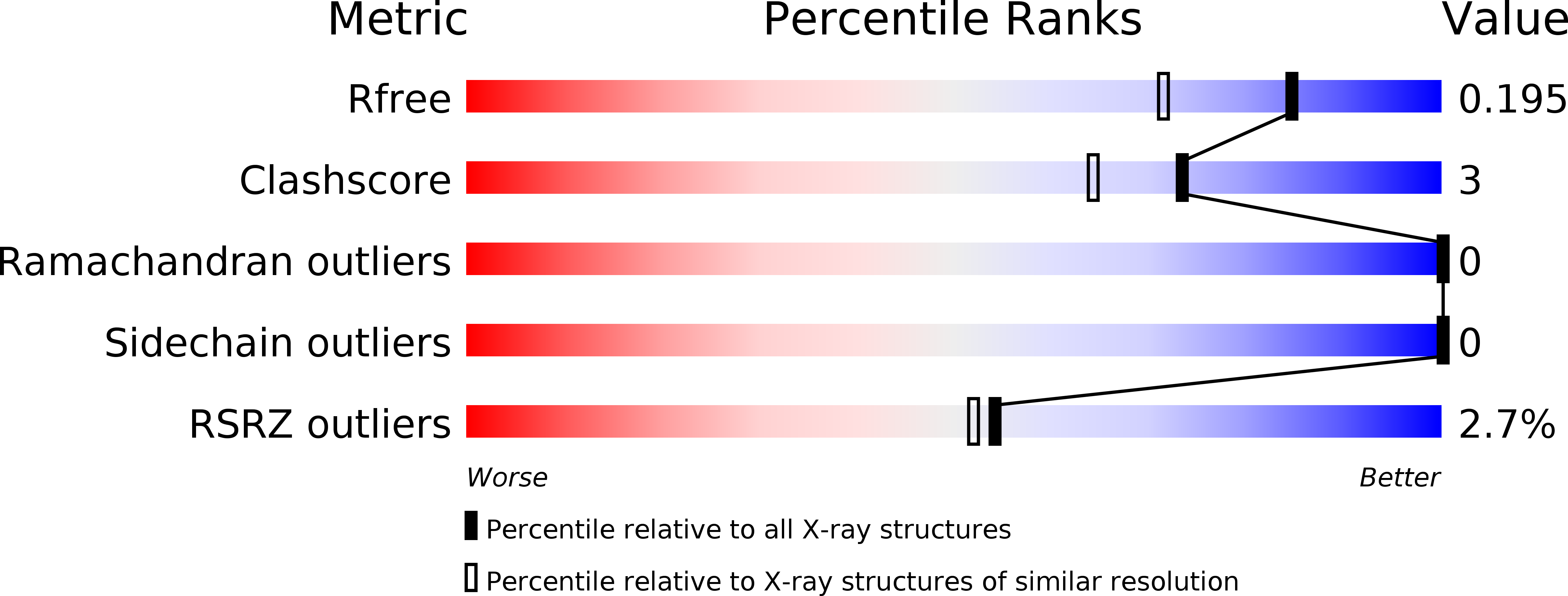
Deposition Date
2015-07-06
Release Date
2015-11-11
Last Version Date
2024-03-06
Entry Detail
PDB ID:
5CEG
Keywords:
Title:
X-ray structure of toxin/anti-toxin complex from Mesorhizobium opportunistum
Biological Source:
Source Organism:
Host Organism:
Method Details:
Experimental Method:
Resolution:
1.59 Å
R-Value Free:
0.19
R-Value Work:
0.16
R-Value Observed:
0.16
Space Group:
I 2 2 2


